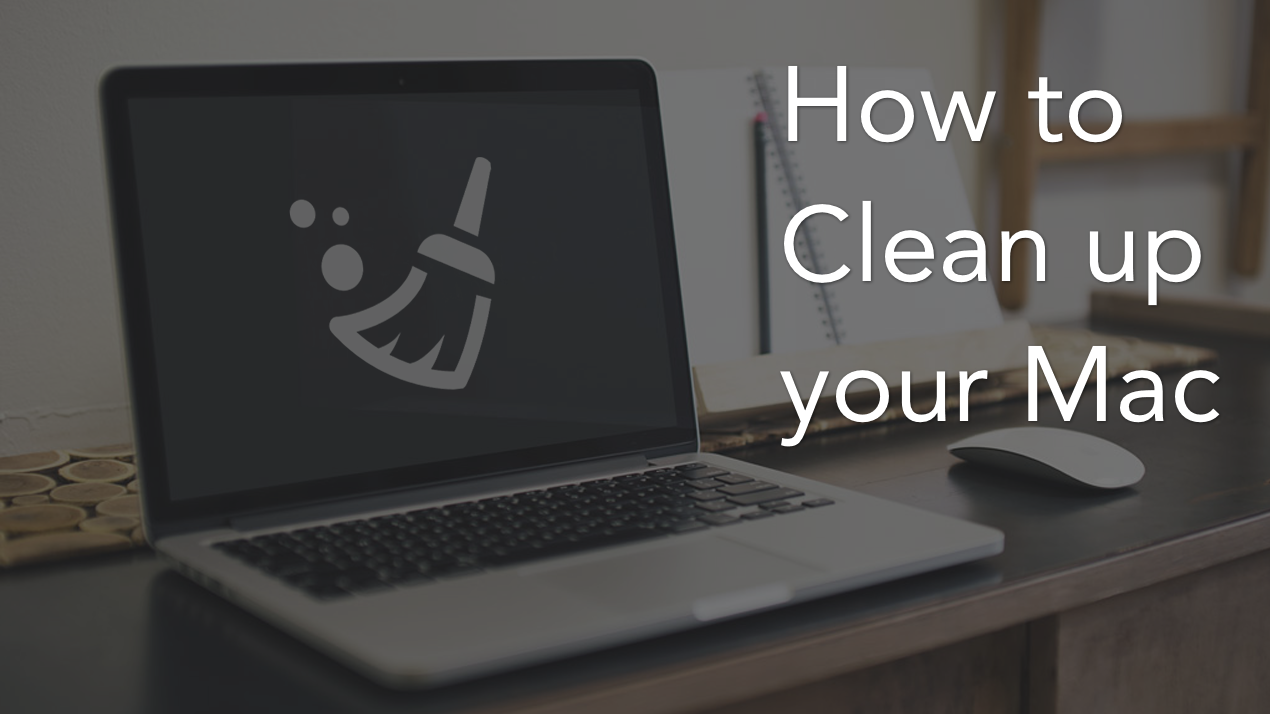
#Using tidy up for mac windows#
Exit/quit all browser windows and re-open the browser.Now, check Cached Web Content and click Clear button to delete Firefox cache.Scroll to the section Cookies and Site Data and click to Clear Data… tab.

Choose Privacy & Security on the left sidebar.Click the hamburger icon in the top right corner and choose Preferences.Select files within these folders and delete them.To go to the folder with the additional bulk of cached data type: ~/Library/Application Support/Google/Chrome/Default/Application Cache/.To go to the folder where Chrome’ primary cache locates type: ~/Library/Caches/Google/Chrome/.To find Chrome cache files, open Finder and click to Go to the folder.One more way to delete Chrome browser cache is to clear some folders where these data located. Click Clear browsing data and deselect all, but Cached images and files. Choose time range and hit Clear data button.At the bottom of the menu, choose Advanced (or use Cmd+Shift+Deletekeyboard shortcut).In the top right corner of Google Chrome browser click the 3-dot icon to choose Settings.The simplest way to clear Chrome browser cache manually is: Open a new webpage or restart Safari and recheck disk usage:.Safari will create a new Cache.db file automatically when you open a new webpage. From there it is still recoverable until you empty the trash. This will move the file to your user’s ($HOME) trash. Mv /Users/$HOME/Library/Caches//Cache.db ~/.Trash/ A more prudent approach is to use the move (mv) command:.Note: when you use the remove (rm)command files are essentially unrecoverable. Note: replace “$HOME” with the name of your home folder But first, check its size using the disk usage (du) command:ĭu -h /Users/$HOME/Library/Caches//Cache.db With these simple commands you can delete Safari’s cache file.Press Command + Shift + G to open up the Terminal.

In menu bar go to Develop and choose Empty Caches.Ĭheck and delete Safari browser cache with Terminal:.In the window that appears, click the Advanced tab, and enable Show Develop menu.Click Safari in the top menu click Preferences.To delete Safari’s websites’ caches and cookies via browser preferences: Your cache will overwrite itself eventually, but you can clear your cache, history, and cookies anytime you want to gain a little bit of extra security and speed up your Mac. That way, if you go back, your computer can re-use locally cached elements that haven’t changed, which speeds up load times versus reloading everything fresh from the remote server. Your browser cache is essentially saved bits of the websites you’ve visited recently.
#Using tidy up for mac free#
Whether you’re wanting to free up space, get your browser performing better or trying to remove your history for the sake of privacy, removing your Mac browser cache will help. We love our browsers but we don’t love it when they start to use up hard disk space with cache files.
#Using tidy up for mac how to#
If you are unsure and want a safer option, go ahead and learn on how to use CleanMyMac to handle caches properly. It will find up to 5x more junk cache data to remove from all over your system.
_1584374136.jpg)


 0 kommentar(er)
0 kommentar(er)
